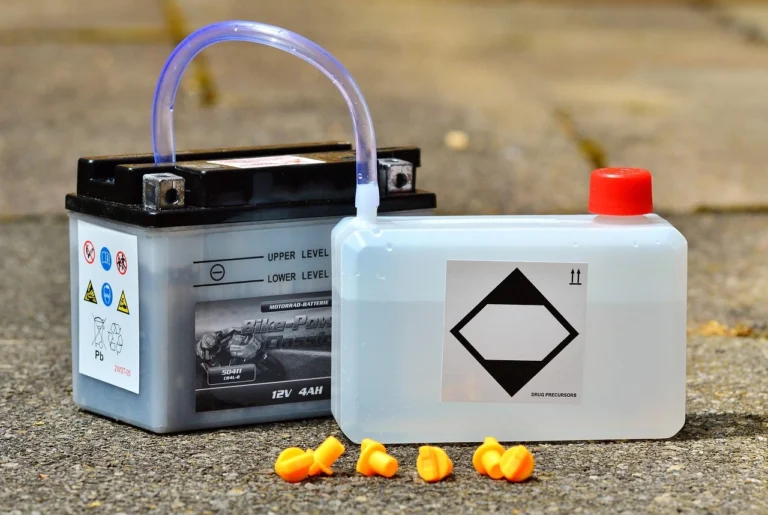
Baker Hughes Introduces Next-Generation Flame Detection Technology for Enhanced Gas Turbine Safety and Performance
Baker Hughes, a global leader in energy technology, has announced the launch of a new, highly advanced flame detection solution designed to improve safety and operational performance in gas turbines. The innovative technology, named Flame Tracker Increased Low Gain (ILG), represents a significant upgrade in flame sensing capabilities, especially under challenging environmental and operational conditions.
Flame sensors are critical components in the safe and efficient operation of gas turbines. Installed in the combustor section of turbines, these devices detect the presence of a stable flame, providing real-time feedback to control systems. If a flame is lost or becomes unstable, the sensors trigger an immediate turbine shutdown to prevent potential damage or catastrophic incidents such as explosions caused by the accumulation of unburned fuel. Thus, flame sensors serve as both safety and performance enablers in industrial combustion systems.
However, traditional flame sensors have limitations—particularly in their ability to detect low-light intensity emissions under certain conditions. Variables such as obstructed sight tubes, condensation on lenses, sensor fouling, and atypical combustor geometries can reduce the amount of light reaching the sensor. When visibility is impaired, the risk of false readings increases, which can compromise system reliability and safety.
To address these challenges, Baker Hughes has developed the Flame Tracker ILG as part of its well-established Reuter-Stokes product portfolio. The new sensor features an advanced electronic architecture that significantly improves its sensitivity to lower light levels. This enhanced capability allows the Flame Tracker ILG to deliver fast, accurate “flame on” signals, even in environments that previously posed difficulties for standard flame detection devices.
The innovative design of the Flame Tracker ILG ensures reliable operation in a broad spectrum of operating environments, including those that use hydrogen or hydrogen-natural gas blends as fuel sources. This is especially relevant today, as the energy sector increasingly explores and adopts hydrogen as a cleaner alternative to traditional fossil fuels. With global initiatives pushing for carbon neutrality and reduced greenhouse gas emissions, hydrogen is gaining traction as a sustainable energy carrier. However, hydrogen combustion presents unique challenges, such as lower flame luminosity, which can hinder traditional flame detection systems.
Baker Hughes has addressed this concern with the Flame Tracker ILG’s rapid response capability. The sensor is able to detect the presence of flame in less than 0.025 seconds, ensuring that even the quickest fluctuations or losses in combustion are registered and responded to in real time. This performance is critical for gas turbines operating with variable fuel compositions, as the sensor maintains stability and safety under dynamic conditions.
Another important advantage of the Flame Tracker ILG is its adaptability to modern turbine designs that demand compactness and integration. In newer turbines, sensor placement may be limited by space constraints, making it difficult to ensure a clear line of sight to the flame. The Flame Tracker ILG’s improved low-light sensitivity allows it to function reliably even when optical conditions are suboptimal. This opens the door to broader applications, including retrofit scenarios where existing flame detection systems may be inadequate or outdated.
Baker Hughes developed this sensor through its Reuter-Stokes division, a business with more than 25 years of expertise in flame detection technologies. Based in Twinsburg, Ohio, the Reuter-Stokes facility has been at the forefront of sensor innovation, particularly in developing solutions that address the increasingly complex demands of the power generation and oil and gas industries. The launch of the Flame Tracker ILG continues this legacy, further cementing the company’s role as a leader in energy sector instrumentation.
Reuter-Stokes sensors are widely recognized for their durability, precision, and reliability in extreme conditions. They have been used in nuclear reactors, oil refineries, and various types of gas turbines, including those used in industrial and utility-scale power generation. The Flame Tracker ILG adds another layer of resilience to this product line, ensuring optimal operation not only in legacy systems but also in next-generation turbines designed for energy transition.
The timing of this product release aligns with a broader industry shift toward sustainability and digital transformation. With more operators seeking flexible and decarbonized fuel options, such as hydrogen-enriched natural gas or synthetic fuels, the need for robust, adaptable sensing technologies has become more pronounced. Baker Hughes is positioning the Flame Tracker ILG as a strategic tool for customers navigating this transition, enabling safer, more efficient combustion across a wide range of conditions.
Moreover, the new sensor complements Baker Hughes’ broader portfolio of energy transition solutions, including carbon capture, hydrogen production, and digital monitoring systems. These initiatives reflect the company’s commitment to helping the energy sector reduce its environmental footprint while maintaining high standards of reliability, safety, and performance.
The Flame Tracker ILG has undergone rigorous testing to ensure it meets the demanding specifications of modern turbine operators. It complies with the latest industry standards for safety, performance, and durability. Baker Hughes is also offering support for integration and calibration to ensure seamless adoption by its customers.
As turbines evolve and combustion systems become more sophisticated, the role of smart, responsive sensors like the Flame Tracker ILG becomes even more crucial. Whether used in a traditional natural gas power plant or a hybrid hydrogen co-firing application, this advanced flame detection technology is engineered to adapt, ensuring that combustion systems remain safe, stable, and efficient.











